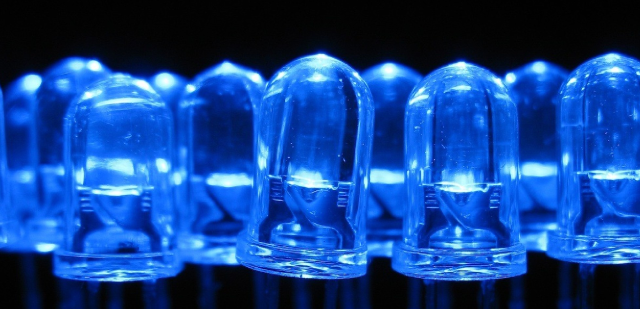
In 1907 Henry Joseph Round discovered Electroluminescence which eventually led to the creation of the first Light Emitting Diode (LED) in 1927. Oleg Losev, a Soviet inventor, was credited with the invention. However, LED’s had no practical use until the late 1950’s when scientists realized that the LED could be used for optical communication applications.
By the 1970’s additional colors and wavelengths became available in LED’s. The most common colors were red, green and amber. This started a trend towards more practical applications such as LED’s in calculators, digital watches and test equipment.
In the 1980’s a rapid growth of LED’s began due to a new material developed called GaAIAs. The brightness was over 10 times greater than regular LED’s due to increased efficiency, and a multi-layer structure. LED’s could also be pulsed or multiplexed that allowed their use in variable message signs and outdoor signs. This was a major breakthrough in LED technology as they were now being used in many things such as bar code scanners, fiber optic data transmission systems and medical equipment.
In the 1990’s the blue LED was created which resulted in an entire generation of new applications. LED’s were now being used in traffic control devices, pedestrian signals, road hazard signs, message signs, and full color signs, such as ones located in Time Square, New York.
Today, LED signs are used everywhere in businesses, organizations, schools, etc. LED Signs has been proven to be the most effective and affordable way to advertise. Many businesses are displaying their advertisements on the sign outside to attract more customers. LED technology is used in many aspects of our daily lives and growing exponentially.
